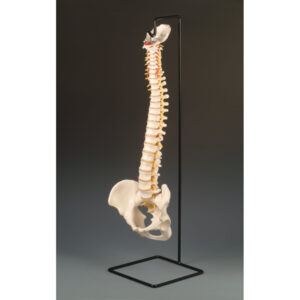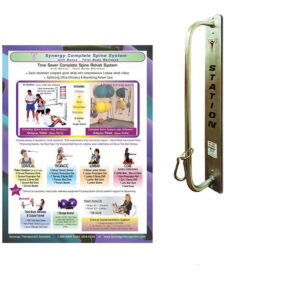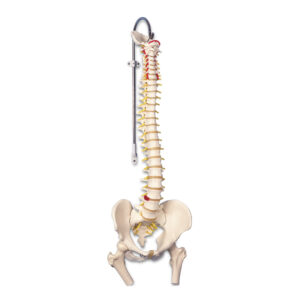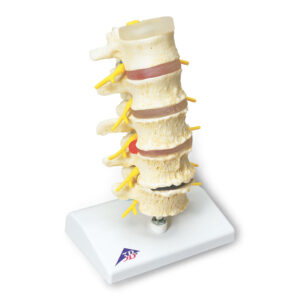Educational
Frequently Asked Questions
What features should physical therapists consider when selecting joint sets for educational purposes?
When choosing joint sets for educational use, physical therapists should prioritize anatomical accuracy, durability, and versatility. Models that accurately replicate joint movement and structures aid in teaching proper assessment techniques and treatment strategies. Durability ensures the longevity of the educational tool, allowing therapists to use it repeatedly without degradation. Versatility is crucial, as therapists often need models that can mimic a variety of joint conditions, aiding in the comprehensive training of diagnostic and therapeutic skills.
How can rehab systems enhance the practical skills of physical therapy students?
Rehabilitation systems play a pivotal role in honing the practical skills of physical therapy students. These systems typically simulate real-life patient scenarios, allowing students to practice therapeutic interventions in a controlled environment. The integration of technology, such as virtual reality or biofeedback mechanisms, adds an immersive dimension to the learning experience. These systems enable students to develop their assessment, planning, and implementation skills, fostering a more hands-on and experiential approach to rehabilitation education. By providing a safe space for trial and error, rehab systems contribute significantly to the competence and confidence of future physical therapists.
What role do advanced technology and simulation play in enhancing physical therapy education?
The incorporation of advanced technology and simulation into physical therapy education is transformative. High-fidelity simulations, augmented reality, and virtual reality allow students to engage in realistic scenarios, replicating diverse patient conditions and challenges. These technologies provide a risk-free environment for students to refine their clinical decision-making skills, practice communication with patients, and apply evidence-based interventions. Moreover, technology-enabled education ensures that students stay abreast of the latest developments in the field, preparing them for the dynamic healthcare landscape they will encounter in their professional careers.
How can educational products for physical therapists support interprofessional collaboration?
Educational products designed for physical therapists can facilitate interprofessional collaboration by promoting a shared understanding of musculoskeletal anatomy, pathology, and treatment modalities. Collaborative learning experiences using joint sets, spine models, and rehab systems allow students from various healthcare disciplines to gain insights into each other’s roles and responsibilities. This fosters a collaborative mindset, encouraging effective communication and teamwork. By using common educational tools, future physical therapists can better understand the perspectives of colleagues in fields such as occupational therapy or orthopedic surgery, ultimately enhancing the quality of patient care through integrated, multidisciplinary approaches.





